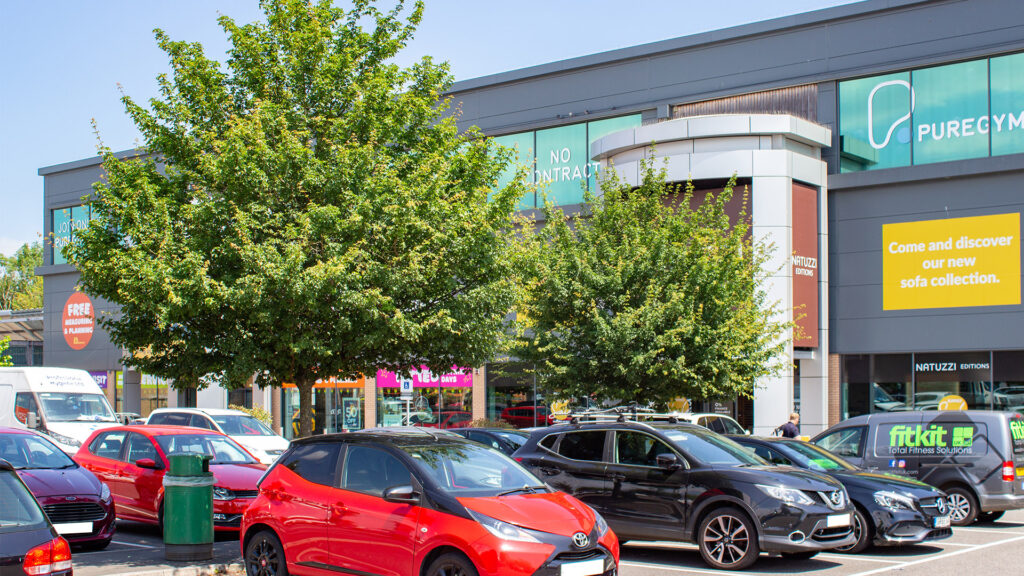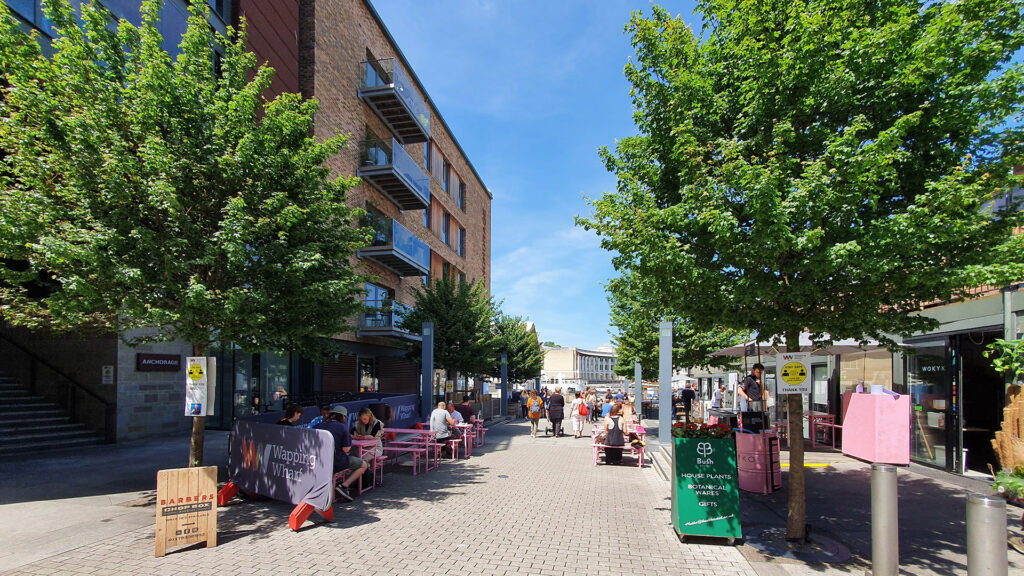One of the most frequently asked questions when planning Green Infrastructure in our urban areas is who will maintain it? And what’s the cost?
Whilst maintenance-free trees and planting schemes do not exist, careful specification of the planting methodologies can reduce maintenance to a minimal level. Historical tree failures – both in terms of failed trees and damage caused by more successful trees to surfacing and below-ground utilities – have caused many to look at street trees with rather a jaundiced eye. In fact, some local authorities and highway authorities consider trees to be nothing other than a huge liability, and try to remove them where they can, and refuse to adopt them on new schemes.

In a way this is understandable; those who benefit from these GI elements are not the same people who have to adopt and maintain them. Whilst we expect to have our trees, verges, urban planting and even SuDS schemes maintained by the authorities, and we pay our taxes and rates to cover this, there is a disconnect between different departments that brings these misunderstandings.
Urban green infrastructure brings multiple benefits including health and well-being benefits, air pollution mitigation, reducing summer urban air temperatures, stormwater management, biodiversity and other benefits – but these do not add value to Highways authorities.
Properly planted trees and other green elements need to be cared for; for the first two or three years after planting regular inspection and watering visits are essential to enable them to become established and independent in the landscape. Once established, annual checks are usually all that is required, although some tree species may need some structural pruning, or crown lifting when planted close to highways. This, however, is not a major project, and it is estimated that a healthy tree will only cost approximately £15 per year to maintain. Other planting schemes may require additional maintenance depending upon plant choice – annuals, for example, will need regular replacement.

Adoption is often viewed as difficult to achieve, as many local authorities are having to reduce funding for green infrastructure maintenance. Most local authorities charge a “commuted sum” which applies to all parts of a scheme requiring maintenance on new developments. These charges apply to a wide range of public realm elements including street furniture, street lamps, road surfaces and trees. When a local authority has had poor experiences of tree liabilities or is under extreme financial pressure, these sums can be prohibitive, as they are calculated to include all maintenance required over a given period, often 25 years. Where trees have historically had to be regularly replaced, local authorities tend to increase the commuted sum.

GreenBlue Urban considers that when installing any form of green infrastructure, the costs should be front-loaded rather than paid for over time by commuted sums. This way, the developer has to spend money to plant properly, which gives the green element a chance to establish, thus removing the risk of failure, reducing the long term maintenance cost, and guaranteeing a better outcome all round. We have recently heard of one local authority in the UK who charges the developer a nominal sum equal to the cost of a GreenBlue Urban ArborSystem tree planting package with installation costs and installs the complete package themselves, as they claim that this way they can be sure of what was installed, and the quality of the tree. We believe that this novel suggestion could become more common over time.
The most important part of urban tree planting is to make sure that the required specification is clearly articulated by the adopting authority, and insisted upon.
By using the GreenBlue Urban ArborSystem we are so confident of the efficacy that we have introduced the worlds’ first urban tree warranty: ArborAdvance, which guarantees the health of a tree for a minimum 15 years.
When ArborAdvance is specified, GreenBlue Urban will supply all of the products needed including the soil, oversee the first tree pit installation, require further tree pits to be photographed during ArborSystem installation and if all is approved, provide sign off, and make sure that an acceptable maintenance programme is in place – so critical within those early establishment years.
A Local authority, Tree Planting SPD’s, should reflect the vision of the authority, and explain the reasons for that vision. All stakeholders need to understand and buy into the long-term aims to hand over a healthy and minimal maintenance green infrastructure to future generations for the enjoyment of all.

